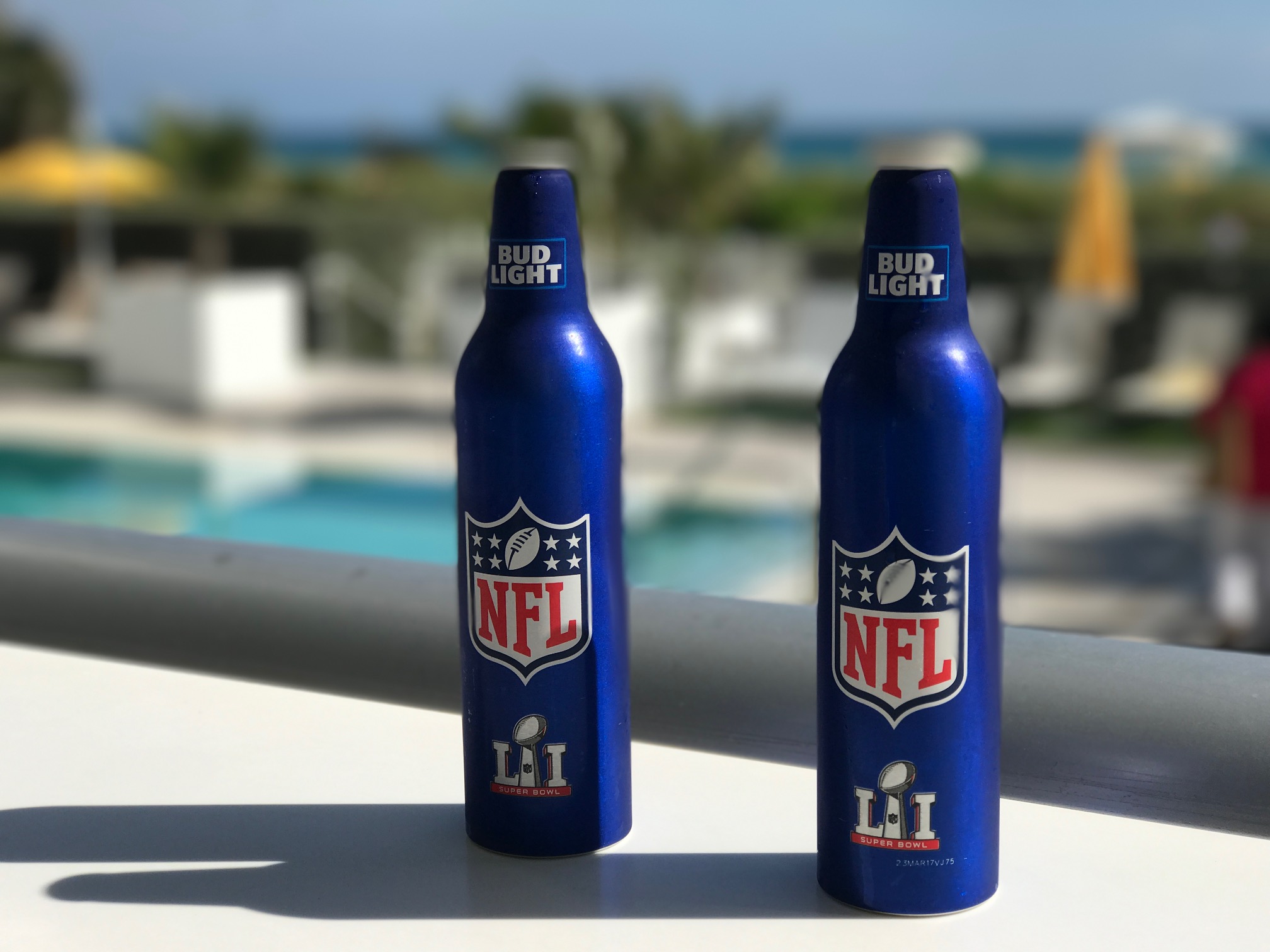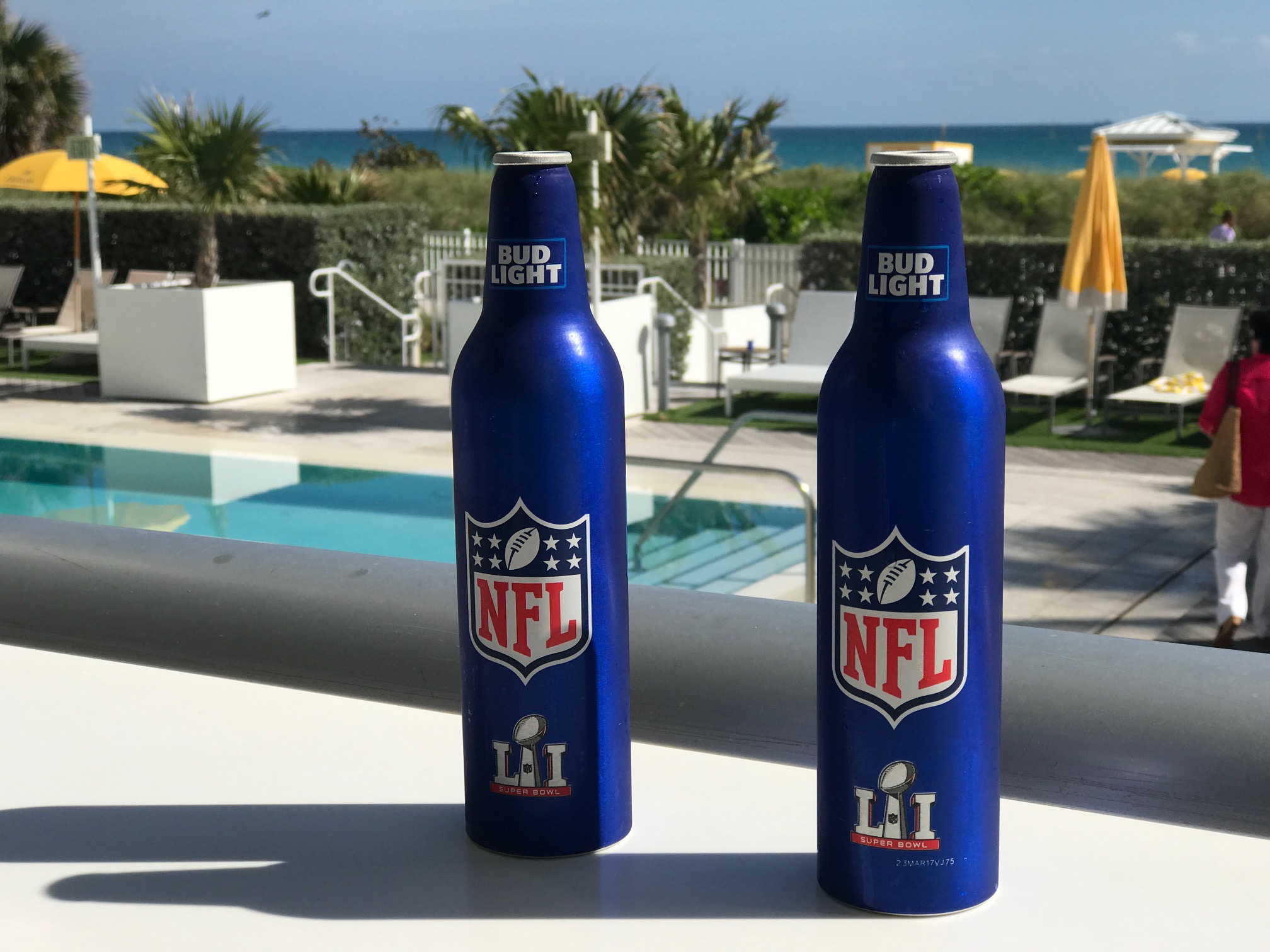When Apple released the iPhone7 and iPhone7+, a lot of people were excited about the new camera features. In particular, one feature that stood out was the new “bokeh” effect. This is the blur effect produced by capturing an object out of focus or slightly out of focus. It’s usually an easy way to determine if an image was taken from a high quality DSLR versus a point and shoot or camera phone and can make photos look much more professional and interesting when executed well.
The new iPhones allow you to capture this pseudo-bokeh effect by shooting in portrait mode. It accomplishes this by utilizing a combination of a dual-camera system and computerized effects.
Digital Trends states that:
Apple is actually using a combination of software, distance measurements, and depth of field data to calculate what it thinks the bokeh should look like, and then using advanced processing and computer vision to create the bokeh digitally (all part of computational photography).
So how does this computer engineered version of bokeh hold up to the real thing?
Here’s a great example of what the iPhone can do:
Here’s a normal photo taken on the iPhone without Portrait Mode:

Here’s a photo taken in Portrait Mode:
In the photo below, the blurring effect looks very natural to me and significantly enhances the quality of the photo.

Here’s a normal photo taken on the iPhone without Portrait Mode:
Here’s a photo taken in Portrait Mode:

I’m pretty impressed with the bokeh in both of these Portrait Mode photos, especially the first. I think that the bokeh effect is definitely a step above a lot of those apps that produce that cheap-looking bokeh effect and is approaching what you’re capable of doing with a DSLR.
However, the iPhone still has limitations. And I think the photos below illustrate the weakness of the Portrait Mode pretty well.
Here’s a normal photo taken on the iPhone without Portrait Mode:
Here’s a photo taken in Portrait Mode:

Did you notice how the silver lip at the top of the bottle just disappeared? That’s something that would never happen utilizing a bokeh effect on a real DSLR.
This also commonly occurs to the rims when I try to photograph cocktail glasses. Notice the blur in the middle of the rim on the glass on the left. That blur looks out of place and again is something that wouldn’t happen on a DSLR, since I believe that’s essentially a “glitch” in the computerized graphics.
It should be noted that you can alter the bokeh effect by moving the iPhone closer and farther away from the subject, which often remedies these out of place bokeh effects. However, in the photos above, I was not able to capture the subject without the errant blurs no matter how I shifted the camera. Thus, iPhone Portrait Mode definitely has its limitations.
I’ve also noticed that in low-light conditions the quality for photographs in portrait mode greatly diminishes and the images become blurry very fast.
However, in bright settings, the iPhone portrait mode works wonderfully. Here’s a comparison between my iPhone7 and a Canon 6D with a 24-105mm f/4 L Series lens with aperture brought all the way down to 4.
Here’s the iPhone photo:
And here’s the Canon 6D photo.
There’s not a huge difference with respect to the bokeh in the images. I often find that in bright rooms or outdoors on a sunny day, the Portrait Mode works the best.
Final word
Overall, the iPhone7 offers a lot of potential for increasing the quality of your photos without lugging around expensive DSLR equipment. For some images you might not be able to even tell that it was taken from a an iPhone. With that said, Portrait Mode has its limitations, since it struggles to realistically capture the bokeh effect on certain objects and doesn’t have the best abilities in low-light conditions. So while it won’t be replacing my DSLR any time soon, my iPhone7 still will be getting put to use on my travels.
Daniel Gillaspia is the Founder of UponArriving.com and the credit card app, WalletFlo. He is a former attorney turned travel expert covering destinations along with TSA, airline, and hotel policies. Since 2014, his content has been featured in publications such as National Geographic, Smithsonian Magazine, and CNBC. Read my bio.






